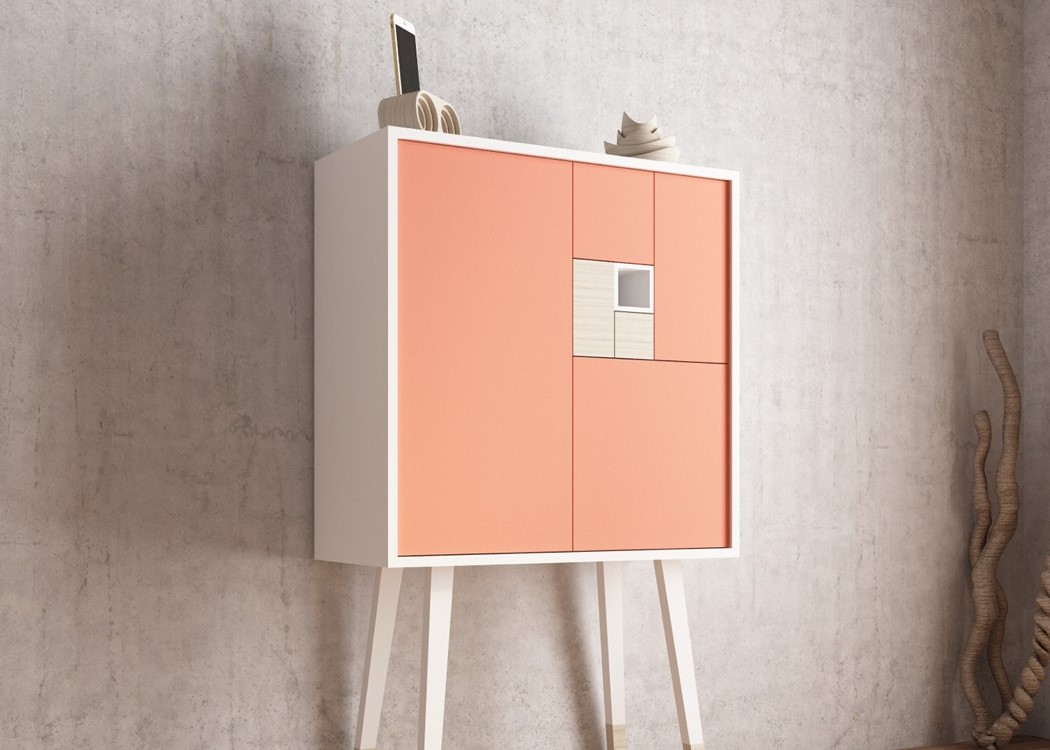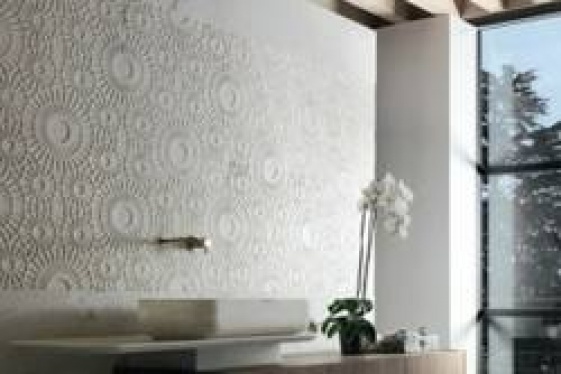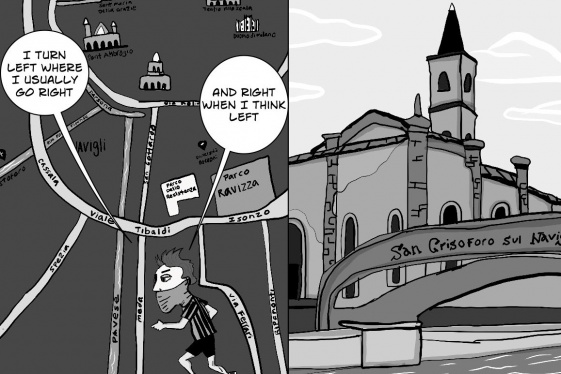

Artists and designers, creatives in general, have the capacity to draw inspiration from nature and from what surrounds us. Observation is of course an indispensable tool, artists see details invisible to most eyes and are able to translate them into the universal language of art, for us “common mortals” to enjoy.
What if inspiration was to be drawn from another universal language that apparently has no relation with art? Riccardo Nobilini’s artistic eyes transformed a mathematic sequence in a linear cabinet, perfect for any dwelling.
Sectionem Auream is a furniture designed after the tiling with squares representing the Fibonacci numbers, that are the numbers in a following integer sequence called the Fibonacci sequence, and characterised by the fact that every number after the first two is the sum of the two preceding ones: 1, 1, 2, 3, 5, 8, 13, 21, 34, 55, 89, 144… These numbers are named after the Italian mathematician Leonardo of Pisa, known as Fibonacci.
Fibonacci numbers seem to have first appeared around the year 200 BC in a work by Pingala, an ancient Indian mathematician, on enumerating possible patterns of poetry formed from syllables of two lengths: but it was Fibonacci in his 1202 AD book Liber Abaci to introduce the sequence to Western European mathematics.
The tiling representation of this sequence starts from a square of 1 by 1 and moves anticlockwise, forming a composition of squares attached one to the other. Riccardo Nobilini saw a potential application of this tiling to the construction of a cabinet that follows the same sequence structure. The result is stunning, as the cabinet results linear yet harmonious; a range of colour palettes makes it completely customisable to consumers’ taste and style.
Sectionem Auream is the result of the observation of an artist, the transformation of math into design, the encounter of the creativity of a young Italian designer with the brilliance of an Italian mathematician ancestor. Ultimately, it is the encounter of talent through time and space.
You may be interested
-
Italian auto supplier Brembo to build new U....
Italian brakes maker Brembo will build a new foundry in Michigan to expand its manufacturi...
-
L'Arte del Gioiello Italiano - Lecture and T...
How has Italy influenced the world of Jewelry? Join us for a special lecture on the a...
-
'A small New York': Palm Beach to become home...
Miami-born and Italy-raised, jewelry designer and accomplished equestrian Lucrezia Buccell...
-
'Alessi 100-001' celebrates 100 years of Ales...
Iconic Italian design brand Alessi is celebrating its centennial with an exhibition titled...
-
'Autentico: design made in Puglia' pop-up exh...
‘Autentico. Design made in Puglia’ is located at 82 Gansevoort Street, New York, and be op...
-
'Canaletto and the Art of Venice' comes to BF...
RAMParts Presents, in partnership with Exhibition on Screen, brings the 90-minute feature...
-
'Ducale' by KREOO to Be Featured at Studium S...
NYC tile and surfaces showroom STUDIUM will be offering "Ducale" by KREOO (USA), a luxury...
-
'I'm part of this crazy history': Finding ins...
Everyone in Italy has felt the effects of the Covid-19 pandemic. For Adam Rugnetta, an Am...










